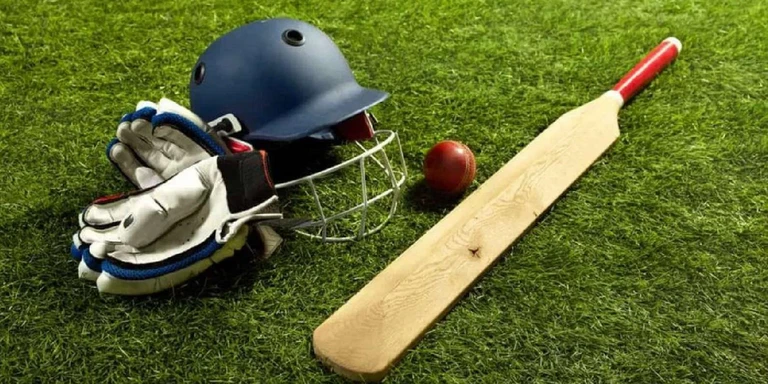The International Cricket Council (ICC) has developed a ‘protocol’ for curators across venues to guarantee that the impact of the toss is somewhat mitigated because dew is expected to play a significant role in the forthcoming ODI World Cup 2023 in India.
In October and November, heavy dew is anticipated to have an impact on the majority of locations.
Dew played a key role in the T20 World Cup in the UAE in 2021 as well. The team batting second had a clear advantage.
Although the conditions in India are often better for spin, the ICC has encouraged curators to leave as much grass on the grounds as possible to keep seamers in the game. Teams will be motivated to include more seamers in their lineups as a result in the ODI World Cup 2023.
“Venues in the northern, western and eastern states of India are likely to witness heavy dew at this time of year. Matches in Chennai and maybe Bengaluru are likely to see a decent amount of rain. The main idea is to keep the toss out of the equation as much as possible. Dew largely impacts the performance of spinners. With more grass, teams will not have to depend as much on spinners. That will also help in having true surfaces. And ODI games don’t need to see very high scores to be interesting,” a source told TOI.

Boundary size in ODI World Cup 2023
It has been claimed that stadiums should have the largest possible boundary size in order to maintain a balance between bat and ball. It is understood that venues have been instructed to keep their boundary distances at or around 70 meters in the ODI World Cup 2023.
“The minimum size of boundaries for international matches is 65 metres and maximum is 85 metres. The old centres have a boundary size of around 70-75 metres. It has been suggested that boundaries should be kept more than 70 metres. The Indian cricket board (BCCI) has also directed curators to use a wetting agent that has been standardized by the board and ICC. Most venues these days use similar wetting agents. But now the board has directed every centre to not use any other wetting agent than what has been prescribed,” sources said.
However, the Indian squad would like to play on fields that turned when playing against Australia and England. The match against England in Lucknow on October 29 will be a test for curators, although the match against Australia in Chennai on October 8 is unlikely to be impacted by dew.
When announcing the team for the Asia Cup a month earlier, chief selector Ajit Agarkar had mentioned the dew factor. Kuldeep Yadav is the only wrist spinner in the Indian team; Ravindra Jadeja and Axar Patel are both finger spinners.
“Dew will play a part. We have seen it many times. But it is more about the balance of the team. Sometimes it is a little bit easier for pacers than spinners to grip the ball. A good bowler will find a way to bowl in different conditions,” Agarkar had said.
Shardul Thakur, who has batting skills down in the order, was chosen by India as their additional seamer. India, though, would welcome more seam alternatives while keeping in mind the dew aspect.
Editor's Pick
 Cricket
Virat Kohli, Jasprit Bumrah unlikely for IND vs BAN ODIs in August, question mark on Rohit Sharma
Cricket
Virat Kohli, Jasprit Bumrah unlikely for IND vs BAN ODIs in August, question mark on Rohit Sharma

























































